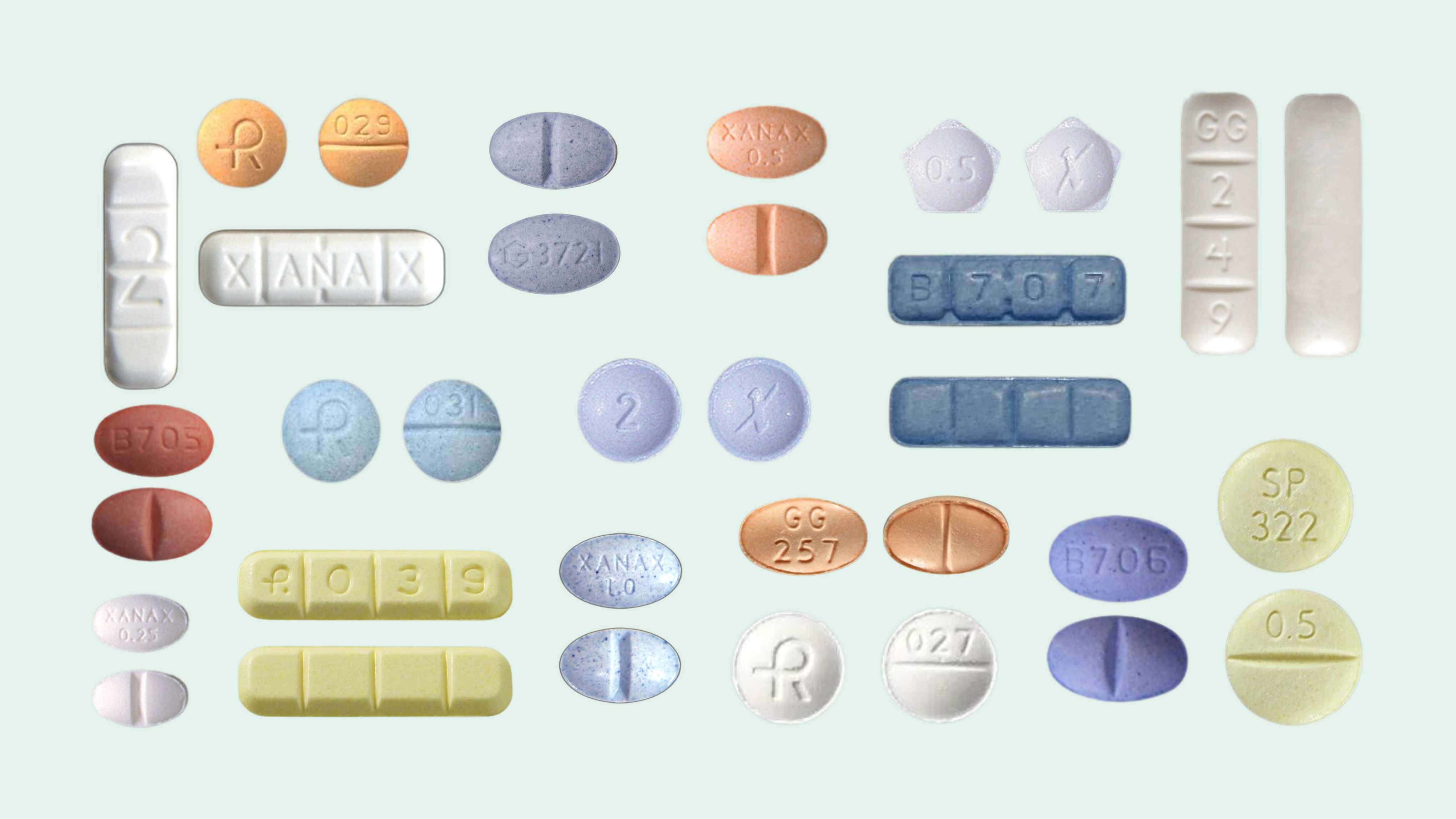Understanding Xanax Addiction Treatment
Effective Xanax addiction treatment is multifaceted, incorporating various approaches to address both the physical and psychological aspects of addiction. Here’s a breakdown of the key components:
- Education: Treatment typically begins with education about Xanax, its effects, addiction, and the withdrawal process. Gaining a thorough understanding empowers individuals to make informed decisions about their recovery.
- Medication: In some cases, medication may be used alongside tapering or detoxification to manage withdrawal symptoms and cravings. Antidepressants can also be used to address underlying mental health conditions that may have contributed to Xanax use.
- Counseling: Individual therapy provides a safe space to explore the root causes of addiction, such as trauma, stress, or a history of mental health issues. Therapists help individuals develop healthy coping mechanisms to manage negative emotions and triggers that may lead to relapse. Group therapy allows for peer support and a sense of community, fostering connection and shared experiences with others on the recovery journey.
- Behavioral Therapies: Cognitive-behavioral therapy (CBT) is a cornerstone of Xanax addiction treatment. CBT helps identify and change negative thought patterns and behaviors associated with Xanax use.
Xanax Detoxification: A Safe Start
Stopping Xanax abruptly can lead to severe withdrawal symptoms. Medically supervised detox provides a safe and controlled environment to taper off the medication gradually. This process minimizes withdrawal discomfort and ensures medical support is readily available.
Here are some key points to remember about Xanax detox:
- Detox is the first step: It helps manage the physical dependence but doesn’t address the underlying psychological factors that contribute to addiction.
- Detox programs vary: Length and intensity depend on the severity of addiction and the individual’s needs.
- Detox is critical for safety: Stopping Xanax cold turkey can be dangerous, medical supervision minimizes risk.
Inpatient vs. Outpatient Treatment: Choosing the Right Path
Following detoxification, therapy is crucial for long-term recovery. Two main treatment settings cater to different needs:
- Inpatient Treatment: Ideal for individuals with severe addiction and co-occurring mental health conditions. It offers a structured and supportive environment with 24/7 supervision. Participants receive intensive therapy sessions, medication management, and life skills training.
- Outpatient Treatment: Allows individuals to maintain some daily routines while attending therapy sessions. This option provides flexibility for those with work or family commitments. However, outpatient programs offer less supervision and require a stronger commitment to self-management from the patient.
The best treatment setting depends on the individual’s specific circumstances and level of support at home. Consulting with a healthcare professional will help determine the most appropriate program.
Help is Available
If you or someone you know is struggling with Xanax addiction, remember you’re not alone. Addiction is a treatable disease, and effective treatment options are readily available. With the right support system and commitment to recovery, a life free from Xanax dependence is achievable.
If you’re unsure where to begin, consider reaching out to a qualified addiction treatment center. Their compassionate staff can provide guidance and help you navigate the treatment process. Remember, taking the first step towards recovery is the most important one.
Additional Resources:
This article provides a general overview of Xanax addiction treatment. It’s crucial to consult with a healthcare professional for personalized guidance and treatment recommendations.
Here are some additional resources to support your journey:
- The National Institute on Drug Abuse (NIDA): https://www.nih.gov/about-nih/what-we-do/nih-almanac/national-institute-drug-abuse-nida
- The Substance Abuse and Mental Health Services Administration (SAMHSA): https://www.samhsa.gov/
- The National Alliance on Mental Illness (NAMI): https://www.nami.org/Home

